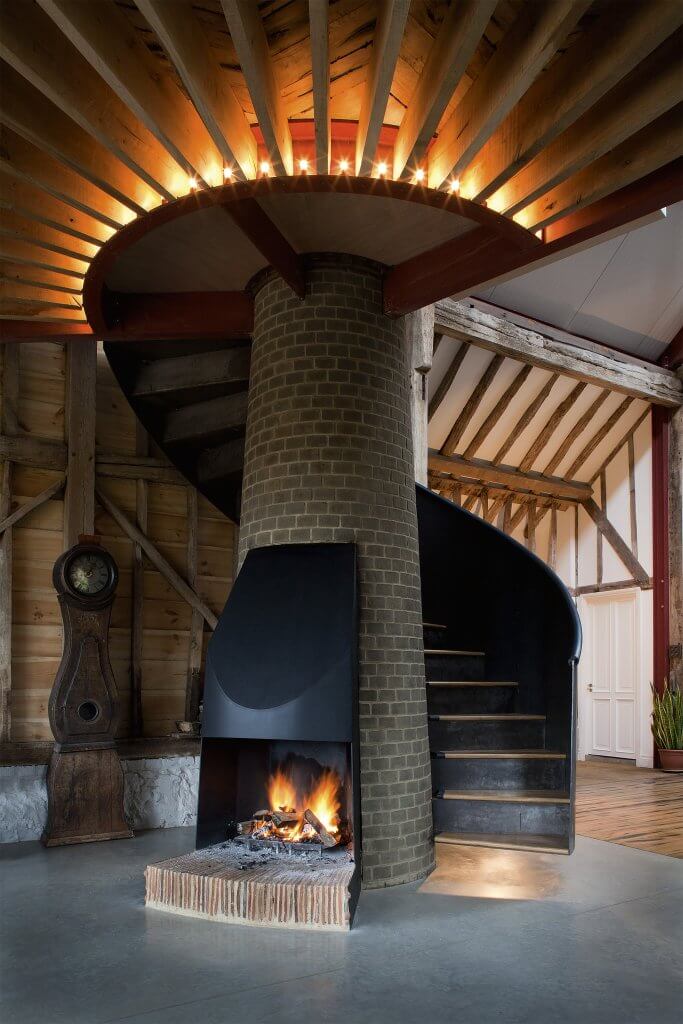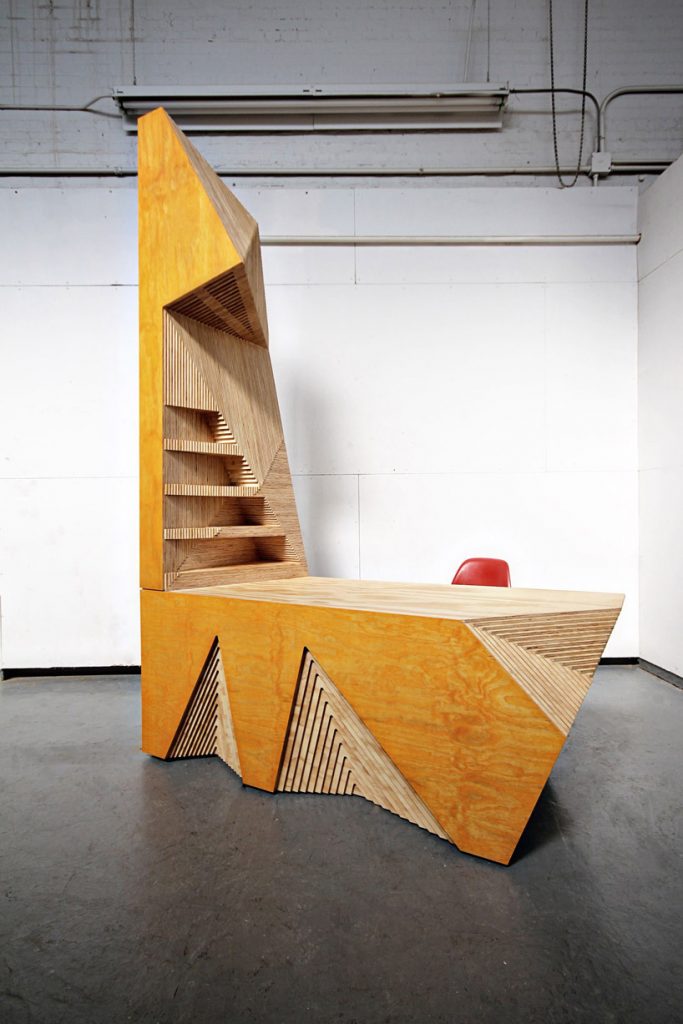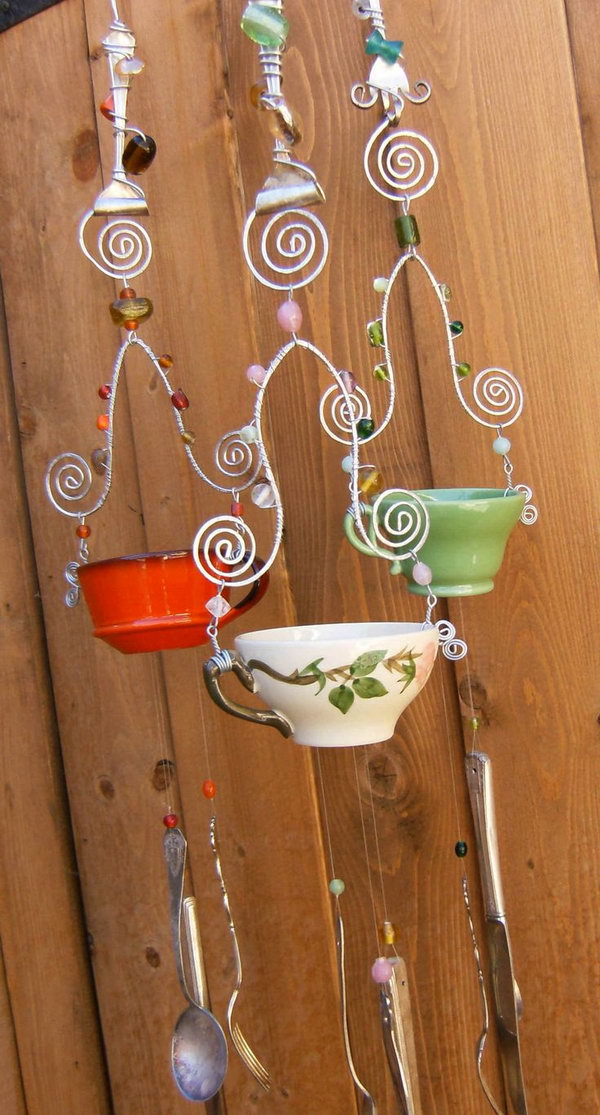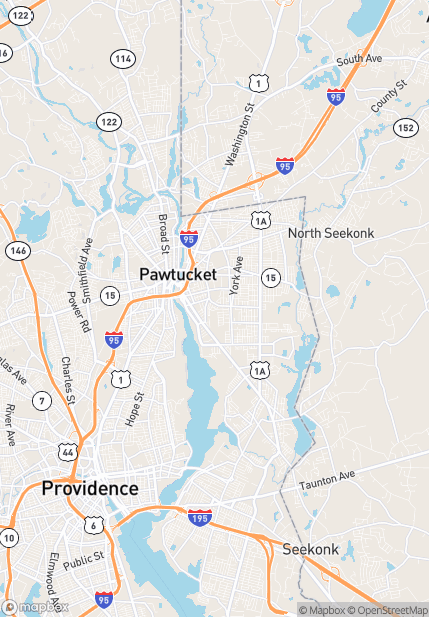Table of Content
While you’re at it, if you’re in the U.S., go ahead and make sure you’re on the “do not call” list, just to make life better. It’s good to remember where our food originates, and it doesn’t have to be huge or complicated. Sustainable materials, like Terrazzo or PaperStone, are not only visually appealing, but they also offer major benefits to our planet. One such option is the reusable trash bag from Zero Waste Market. This 13–16-gallon reusable bag is machine washable, leak-resistant, and mold-resistant, and eliminates the need for disposable, plastic trash bags. Unsurprisingly, the shower is a major source of water consumption at home.
Growing and watering ingredients on an industrial scale require a huge amount of energy. Before many common foods, even vegetables, reach the shelves of a supermarket they have to consume a lot of energy. Growing your own food is not only fun and money-saving, but it is also good for the planet too. Their guide breaks down the advantages and disadvantages of dual pane windows, UPVC windows’ cost, and the typical energy savings they can make.
GREEN UP YOUR DIET
This quick and simple addition to your home could give you a great return on investment through reduced heating costs. The technology is also suitable for external doors to a home which can help to retain even more heat. In fact, they can add up to 10-25% of your total heating bill! This translates to a major environmental cost, with 70% of greenhouse gases attributed to the energy usage of buildings, commercial or residential. “Reduce, Reuse, Recycle” may feel retro, but it’s just as important today as when the phrase was first coined.
Every product we purchase has an environmental footprint, from the materials used to create it to the pollution emitted during manufacturing to the packaging that ends up in landfills. If you do, consider buying gently used instead of new, and look for minimal packaging and shipping. Watch The Story of Stuff and learn more about the zero waste movement. Just .4% of the Earth’s water is freshwater, and far too much of that gets wasted every day. Making your home more sustainable can be achieved in a variety of ways. Reducing your energy consumption is not only better for the planet, but it is also better for your bank balance too.
Renovate with Sustainable Materials
We develop products that enable people to live more sustainably, and we share tips and ideas on how to be more energy and water efficient, minimise waste, and eat more plant-based. Every year, forest fires are increasing in size and severity, damaging vital ecosystems and creating a need for millions of trees. Some major consequences of forest fires include significant loss of wildlife, loss of vegetation, soil erosion, air pollution, and greenhouse gas emissions. Changing your driving habits can dramatically reduce your carbon footprint. Walk, bike, carpool or use public transportation whenever possible. Participate in, or start, car-free days in your community.
These energy audits can either be done by a professional or by yourself at home. We’re sharing some of the best ways you can be more sustainable at home and lead a lifestyle the planet will thank you for. With the new year in full swing, there’s no better time to switch up your routine and bring new habits or practices into your lifestyle.
Hang Dry Your Clothes
Also, some products harm endangered species by threatening their habitat, from cutting down old-growth forests to using up the water that riparian species need to survive. Join the Bluefin Boycott and learn more about Conflict Palm Oil. You can grow a lot of useful vegetables in a windowbox if that is all the space that you have to use.
Save water with IKEA products Water is a precious resource and in many places water scarcity is a problem. Fortunately, our taps and showers can let you do all the rinsing and cleaning you need, while cutting down on your water usage. The sad truth is that every third bite of food produced is lost or wasted.
Ways to be More Sustainable at Home
Meat production is one of the most environmentally destructive industries on the planet, responsible for massive amounts of water use, pollution, greenhouse gas emissions and habitat destruction. You have three chances a day to improve the health of the planet — by reducing your meat consumption you can reduce your environmental footprint. Also, nearly 40 percent of edible food in the United States goes to waste -- wasting all of the natural resources that went into producing it. Prevent food waste with smart, planned shopping and creative ways to consume what you purchase.Learn more about how to adopt an Earth-friendly dietand Beat Food Waste. One of the best things you can do for wildlife and the planet, today and for the future, is to get politically involved in your community and at the national level. Urge your representatives to pass stronger policies to limit greenhouse gases, fight climate change, protect our wildlife and public lands and support access to reproductive health services.
Pairing solar systems with home battery storage can be a game-changer. These battery packs store electricity generated by the sun during the day so you can use it at night. The thing I love most about practicing good green green habits? Nine times out of ten, they’re also the more frugal option. Being environmentally-friendly is also good economics—in our home and budget, and with the earth. All LIVDEN tiles are designed to pack a visual punch and are made from % recycled materials, so your home can be sustainable and stylish.
The good news is that we have smart, affordable products that can help you make the most of what you buy and cook. A personalized tree certificate to say thanks for your donation. We'll also send you updates about this project, so you can track the impact your trees are having on the community and environment. When it comes to green cleaning, white vinegar is about to become your best friend.
Better education and access to family-planning services decreases family size and our overall carbon footprint, helping children and wildlife thrive. By far the quickest, simplest, and cheapest way to make your home more sustainable and reduce your energy costs is switching your home lighting to energy-efficient lightbulbs and LED systems. This may seem like a small change, but it can have a big impact on your bills and your home’s carbon footprint. If you replace all the lightbulbs in your home, you can reduce your lighting bill by up to 90%.
A professional home energy audit usually involves a thorough room-by-room examination as well as specialized energy assessment equipment, like infrared cameras or blower doors. One of the biggest benefits of a professional home energy assessment is that these assessors usually provide cost-efficient and sustainable solutions for all identifiable problems. A home energy audit, or a home energy assessment, evaluates how your home uses energy. Often, these audits will highlight how much energy your home is losing, with the goal of creating energy efficient solutions for those affected areas. Hether it's for global pandemic reasons or otherwise, we spend a lot of time at home.
Salvage and junk yards can be goldmines for cheap and easy-to-reuse materials that can be incredibly cheap to buy. Before you head to a big brand store to buy wood for countertops or flooring, look for reclaimed wood you can repurpose. Not only does this save you money, but it also saves the planet too. You can often find classic, old-school fixtures and fittings there too, including sinks and bathtubs.
Ways to Make Your Home Sustainable
Buy an inexpensive reusable water bottle, and stop buying plastic disposable bottles. My favorite is the Kleen Kanteen with the sport cap for everyday use and the foldable Vapur for travel. Purchasing a showerhead that has a WaterSense Label ensures that your shower will not use more than 2 gallons of water per minute. WaterSense certified showerheads are also 20% more water efficient than their non-sustainable counterparts. Bring sustainability into your household with the help of recycled toilet paper. Make your life at home a little more sustainable and prevent unnecessary waste by upgrading your old toothbrush to an eco-friendlier alternative.

Raised planters with deep soil beds are perfect for growing potatoes all year round and give you a food store right on your back doorstep. Salad leaves, green beans, carrots, and herbs can all be grown at home no matter what your local climate is like. This money-saving, planet-saving tip is great for homes with small kids. Many other energy-guzzling appliances around the home could be upgraded to save energy and money. Kitchen appliances like ovens, refrigerators, and freezers are obvious candidates, but televisions, computers, and even dehumidifiers are all responsible for excessive energy consumption in the average home.














